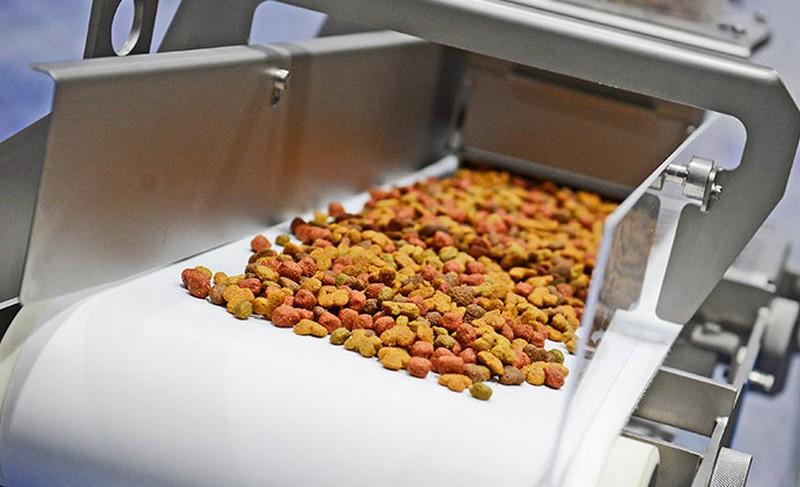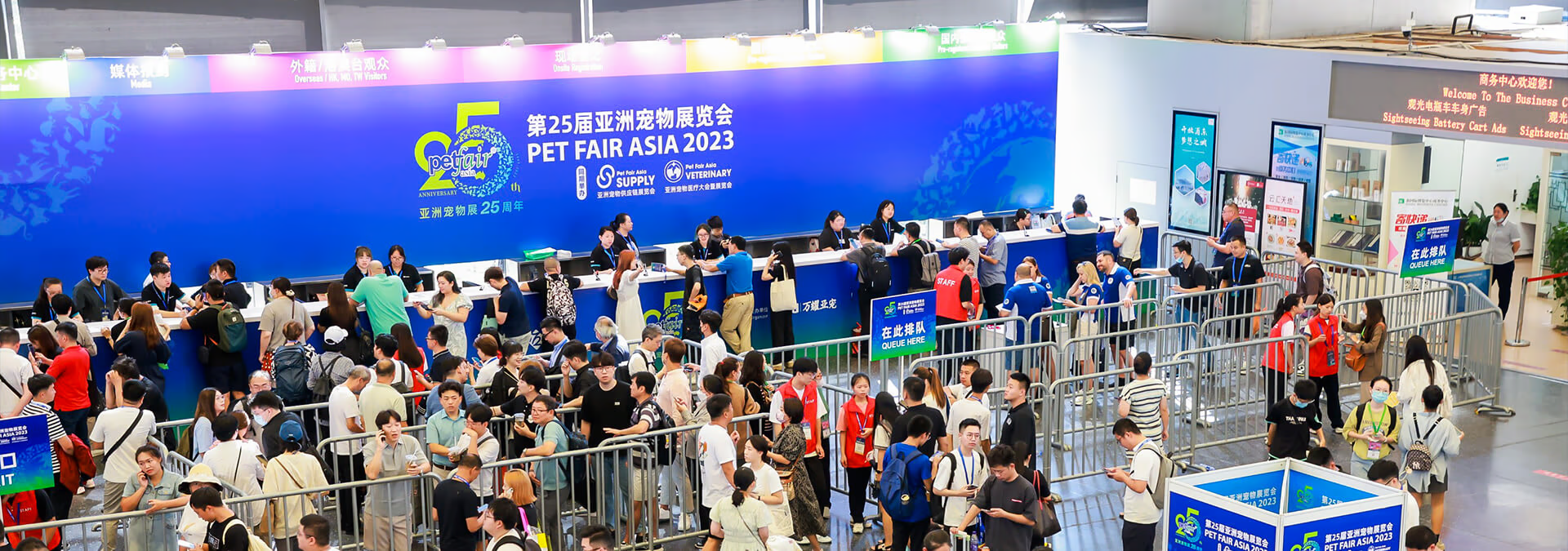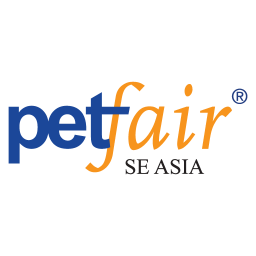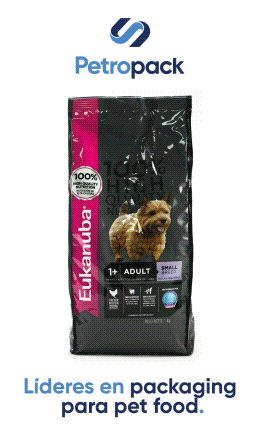We continue our journey of countries with Argentina this month. Argentina, which has one of the largest economies in Latin America, is among the top 10 countries in the world in compound feed production. According to 2021 Global Feed Survey prepared by Alltech, Argentina produced 22.5 million tons of compound feed in 2020.
However, 2021 data published by Alltech in January 2022 indicates that the annual production decreased to approximately 18.5 million tons. Among these production figures, the largest share on the basis of feed type belongs to broiler feeds with 5 million 743 thousand tons and dairy feeds with 5 million 734 thousand tons. These are followed by pig feeds with 2 million 930 thousand tons and cattle feeds with 2 million 204 thousand tons. According to Alltech's 2021 report, there are around 880 feed mills large and small in the country.
To have more detailed information on Argentina feed industry, we had an interview with M.V. Juan Pablo Ravazzano, President of Argentina Commercial Chamber of Animal Nutrition Companies (CAENA). Unlike Alltech reports, Mr. Ravazzano states that an annual average of 20 million tons of compound feed is produced in the country and that there are more than 300 feed mills on an industrial scale.

M.V. Juan Pablo Ravazzano, President of Argentina Commercial Chamber of Animal Nutrition Companies (CAENA)
Argentina feed market has a significant potential, but, like many countries, it has not yet been able to erase the negative effects of Covid-19, and now it has to deal with the price pressure on raw materials caused by the Russia-Ukraine war. CAENA President Mr. Ravazzano tells more details for our readers.
We know that CAENA celebrated its 60th anniversary just two years ago. Can we get some more information about CAENA and its objectives? What is its role in the feed industry? Who are its members? And what part of the Argentina feed industry do your members represent?
CAENA is the National Commercial Chamber of Animal Nutrition Companies. Before 2004, it was called CAFAB, and pet food companies weren't included in it. From then up to now (when the organization includes them) we have all the industry inside the chamber.
The companies that are members of CAENA are: feed companies, pet food companies, premix and additives companies. Our 140 members represent 85% of the total animal production companies of Argentina.
Our main role is to work on the agriculture local policy, taking care of the industry interests and elevating the quality standards. This role is very important in the facilitation of commercial and better practices with the government and its dependencies that involves private interaction.
Could you also give us some information about the feed industry in Argentina? How many feed manufacturers are there in your country and what is their average annual production? Which animal feed types are produced most?
In Argentina, there are more than 300 animal feed plants atomized in the whole country. The main areas of production are the provinces of Buenos Aires, Córdoba and Santa Fe (because they concentrate the main grain production). The average annual feed production is around 20 million tons and the most produced types are ruminants (it has 50 million livestock production yearly).
What is the size and growth potential of the compound animal feed market in your country? What is the role and place of the Argentinian feed industry, especially in terms of production and exports, in the global market and in Latin America market?
The size of compound animal feed is not specified but is directly associated to the livestock, that's why we work annually on an estimation regarding how much the consumption should be. It shows that our market grows almost 2% every year.
The role of Argentinian products in feed industry is a production/local consumer one and we also have an export orientation that actually is growing, but it represents only a small part of our production (around 4%). However, we think the excellent product quality and the local costs represent an opportunity to make international commerce higher and more stable to local economics issues.
In recent years, Covid-19 pandemic and epidemics such as African swine fever (ASF) and avian flu have seriously affected the animal nutrition industry. How did all these outbreaks affect the Argentinian feed industry? What about their effects in your country?
Argentina hopefully has a very high sanitary status and these two epidemics haven't affected our animal feed nutrition condition at all, representing an opportunity for exporting more to Europe and Asia and also working on a constant caring of the GMP.
The global animal nutrition industry has many important topics on its busy agenda; such as antibiotic-free production, sustainability, environmental footprint, carbon emissions, alternative proteins, feed safety and animal welfare. How do all these topics affect the feed industry in Argentina? Which of these issues are more important for the feed industry in your country?
Actually, in Argentina we are working emphatic in GMP and HACCP, and also making a public-private work regarding antibiotic-free production. Also, CAENA organizes the National Animal Feed Congress in Argentina every two years and the last one in 2021 focused on sustainability, carbon and environmental footprint, putting these things in agenda for the next years of the market evolution.
We think all the items mentioned are important but as we´ve been working in the last several years; we are making lots of progress and improvements in anti-biotic free production, feed safety and animal welfare.
What would you like to say about CAENA's approach to the problems experienced in the industry, its solution proposals or its efforts to solve these problems?
In the last 5 years, CAENA has made several changes in its structure to give the industry and their associates a better and more professional service, including faster and better information, solution to their day-to-day problems, and lots of connections to make their access to stakeholders easier than they can make separately (this also includes better government relationship).
The COVID-19 made changes in everyone's life and CAENA wasn't the exception. It turned the chamber more agile, more digital and actually with a faster response on daily proposals and problems. Our main efforts today are focused on local regulations (working together with Regulatory Affairs – SENASA in Argentina) that could help us to make international commerce easier, of course without compromising our sanitary status.
We are seeking to make more improvements in this area to accomplish a growth of the industry in the future, to capture the mentioned global opportunities.
Finally, can we talk about the supply of feed raw materials and feed prices? Raw material supply and feed prices have recently become a big problem for farmers in many countries. What is the situation in your country?
The COVID-19 pandemic and Ukraine/Russia war context didn't help at all to international commerce, the main consequences were: growing costs of logistics, less vessels, less and more expensive containers and actually an increase of raw material prices that elevates substantially production costs and competitiveness.
This affects in two ways: Locally, because it increases our costs in dollars while the final product is paid in local currency after 2 or 3 months and with the increasing global and local inflation compromises profitability and produces decapitalization without good financial and stock management. And in a commercial sense, it cannot give us clarity on when to expect our product and how much the price will be. This uncertainty generates fluctuations that can lead to important losses if they are not well managed.
What would you like to add about the animal nutrition industry in your country? Are there any other messages that you want to give about global animal nutrition industry?
Argentina has very interesting opportunities in some specified products such as pet food, aquaculture and equine (also other specific products and additives) because we have a very good sanitary condition, very good processes and very good supplies that can make a difference in other markets. Our main problem remains in local assets such as local taxes for export that leaves us out of many competitive markets, and also lack of long term policies and also lack of credit for production.
If we keep seeing the agro-industrial industry in Argentina as the main income it will only destroy opportunities. To produce responsibly is not enough if we don´t have common objectives. We hope as a country that we can have this chance to allow this industry to keep growing as the world would need more from our assets. Argentina is in a very good position to take care of this opportunity, but need to have more long term aligned policies.
by Feed Additives
You could be interested: Impulse Purchases Still Strong
Market Information
07/08/2025
The American Pet Products Association (APPA) Releases 2025 Dog & Cat Report, Revealing a New Era of Pet Ownership
29/07/2025

















































